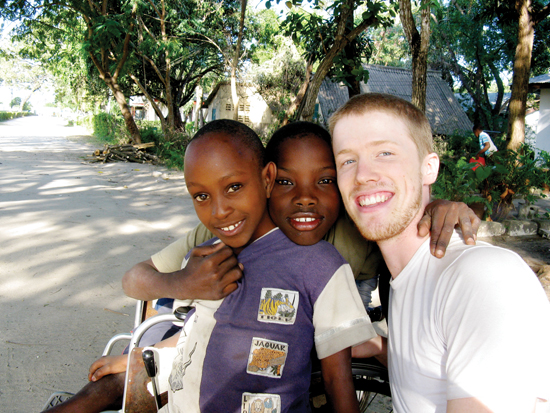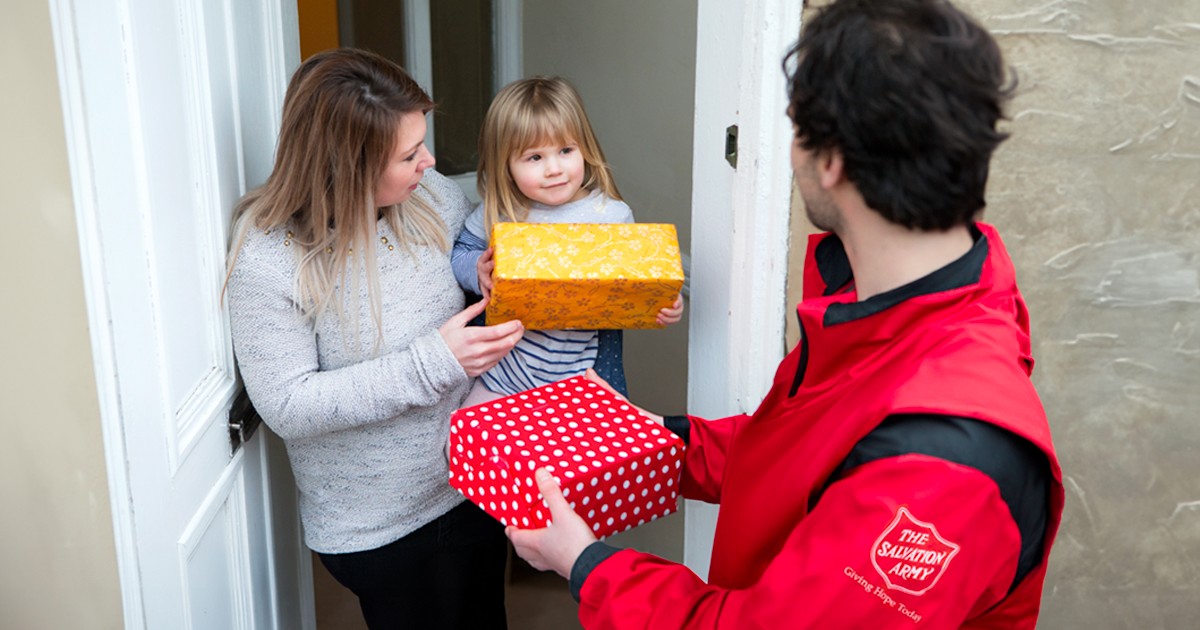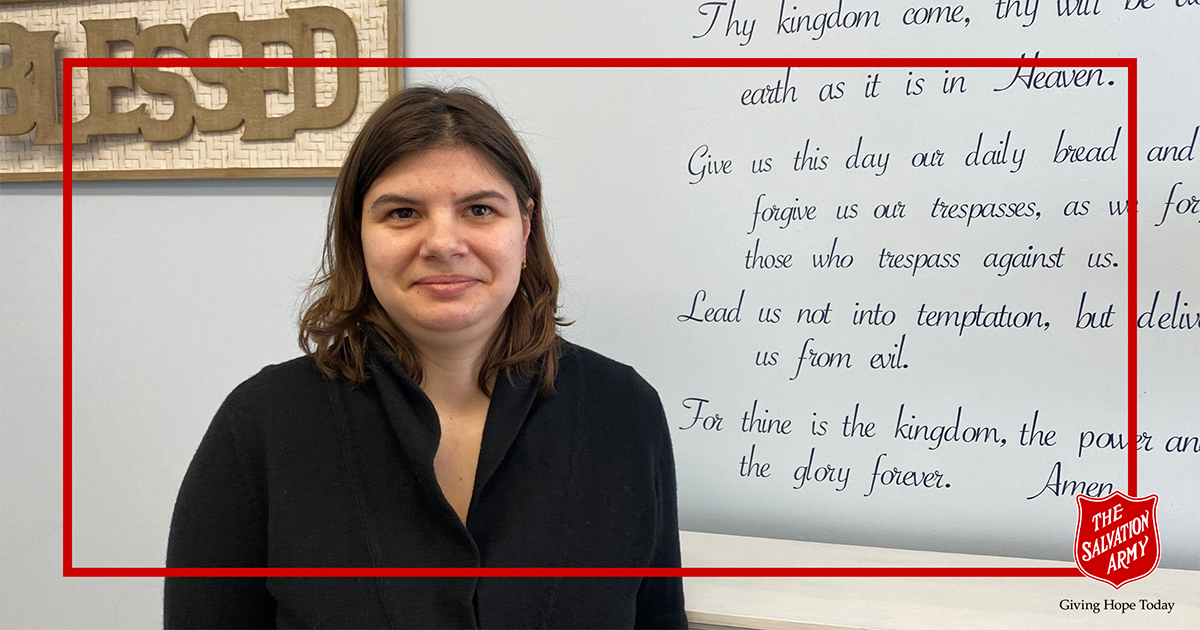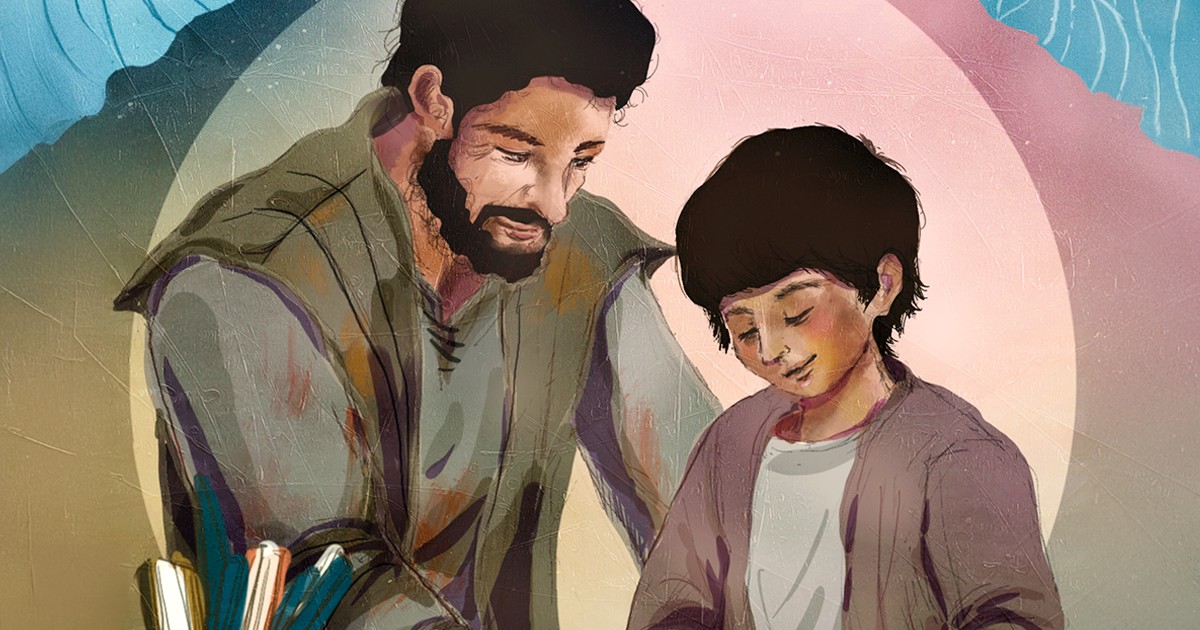 I've always wanted to tend a flock of sheep. It's odd, I know. I couldn't exactly tell you why. The idea of being a shepherd, perhaps in South America, popped into my head one day and never left. Maybe it was the idea of the solitude and the time to think and pray. Maybe it was to take on a role that Jesus had likened to Himself, that of the Good Shepherd.
I've always wanted to tend a flock of sheep. It's odd, I know. I couldn't exactly tell you why. The idea of being a shepherd, perhaps in South America, popped into my head one day and never left. Maybe it was the idea of the solitude and the time to think and pray. Maybe it was to take on a role that Jesus had likened to Himself, that of the Good Shepherd.
In planning my journey, I found it difficult to find anything that came close to the open-ended trip that I wanted. With that in mind, I fired off a few e-mails to various Salvation Army contacts that I thought could point me in the right direction.
Somehow, it worked! Eventually I got in contact with Major Joy Paxton, a British expatriate working at the Salvation Army compound in Dar es Salaam, Tanzania—perhaps not my first choice but an intriguing option nevertheless. As I left Canada, the only thing I knew for sure was that I would have a ride from the airport, a place to stay and would likely be working with children.
Almost before I knew it, the grassy hills of South America turned to fields of banana trees in Tanzania, and a would-be shepherd became a shoemaker.
From Ontario to Tanzania
I spent two months in Dar es Salaam, the largest city in Tanzania, employed in a workshop of the Matumaini school for children with physical disabilities—the only one of its kind in the country. I made shoes and artificial limbs, and gave the occasional physiotherapy session. When I wasn't working, I spent time with the children who live at the school, playing games, teaching English and learning Swahili, drawing in the dirt and sharing meals together.
Bringing Joy and Serving God
When I first arrived at the compound in the middle of the night, I was introduced to Joy and given the keys to my hut, where I quickly fell asleep after 30 hours of travel.
The next day, I was given a tour of the compound and introduced to many of the nearly 250 people that live there. It was overwhelming, to say the least. It broke my heart to see the number of children with disabilities to be cared for.
By the second day, it was decided that I would help in the workshop. Tilia, the orthopedic technician and assistant director of the workshop, would teach me how to make artificial limbs for the children over the next couple of weeks. My part in this was to shape and mould plaster models of the children's legs.
I was then sent to work with Pius, the shoe designer. He patiently took me through the steps of making a pair of shoes for Stella, a girl whose one leg is significantly shorter than the other. This was an interesting process as I knew very little Swahili at that point and Pius spoke no English. They were quiet days, as Pius slowly demonstrated how to make the right shoe, then pointed to the makings of the left shoe and said, “Wewe,” which means, “You.”
Shoemaking 101
Every pair of shoes begins with tracing a child's foot on a sheet of paper. The shoe design is drawn and a few corrections made in order to produce paper templates of the leather pieces.
The leather pieces are then cut, glued, stitched, stretched and nailed together. From there, the material for the sole—usually foam, for financial reasons—is glued on, measured and cut. The entire process takes about two days.
As for tools, there is nothing high-tech in the process. A knife is used—actually a carpenter saw blade sharpened at one end—and a sewing hook made from old crutches or wheelchair spokes, a manual sewing machine, pliers and hammers. There is also a power sander in the back room for shaping soles.
I spent about a week with Pius until I was passed on to Magige. He is the founder of the workshop and himself a former student at Matumaini. Here I learned the finer details of shoemaking and the full process of creating a finished product. Eventually I was left on my own to design, cut, stitch and glue shoes for the children who needed them the most. Magige, my “professor” for these six weeks, was kind, gracious and humble. He loves children and works hard for them, and the impact he had on my life was profound. I saw a person of integrity who was doing what he could to bring joy to others and serve God.
A Part of Humanity
All too soon, it was time to return to Canada. I left Tanzania with new skills and an appreciation for simple work performed with great love. I also came home with a desire to continue making shoes, for shoemaking enables me to do the most good by remaining humble.
I have been asked how this experience has made me a better Christian. The answer is this: it taught me what it means to be part of humanity.
And as far as I can tell, that is what God intended.









nice write up. I will be going to same place in June and July 2009.
would like to perhaps share experiences. Are you living in Canada or?
I am Danish but have lived in UK last 18 years. I'm on facebook if interested?